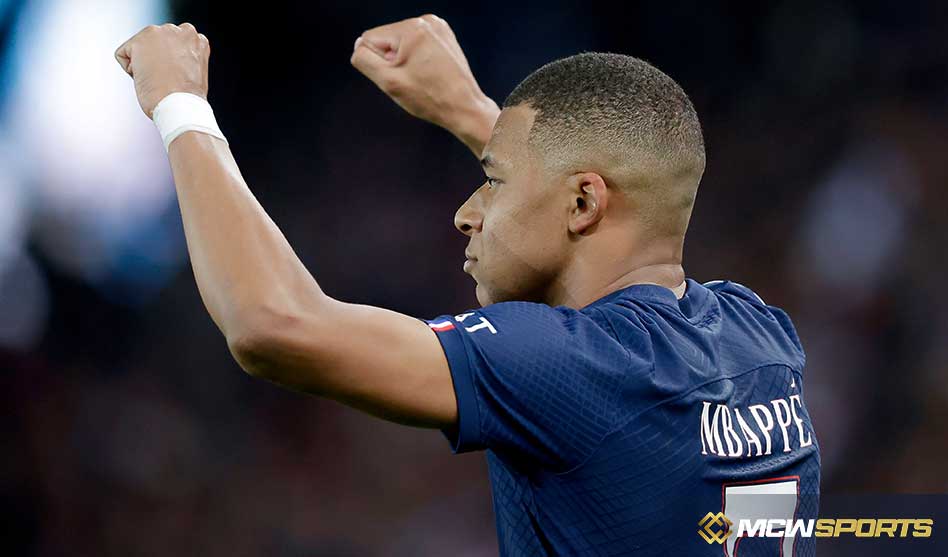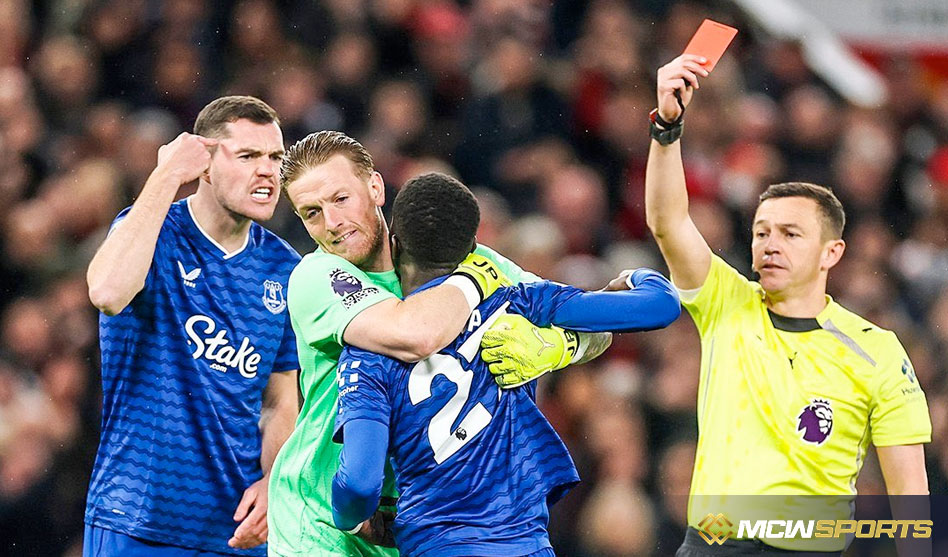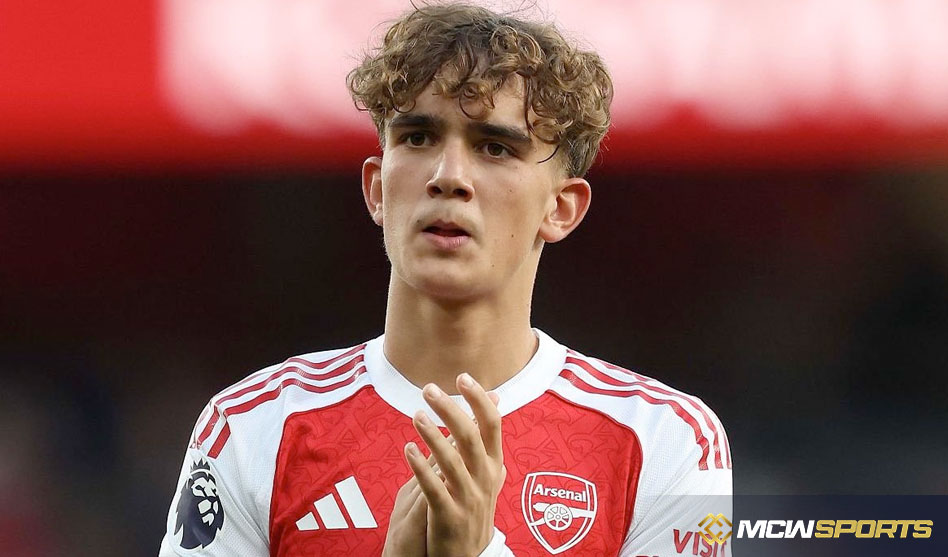Only a tireless striker for Bayern Munich ended ahead of Kylian Mbappe in the top five leagues in Europe last season.
Since Robert Lewandowski was the only player to deny Mbappe the European Golden Shoe by scoring 35 goals to Mbappe’s 28 goals, it certainly refers to goal scoring.
Only Thomas Muller, with 18 to 17, had more goals created than Mbappe. Lewandowski received eight of Muller’s assists, incidentally. If their alliance had not existed, Mbappe would have been Europe’s finest goal scorer and best creator.
The point is that Mbappe has finally developed into a truly dangerous all-around player. From the moment he made his professional debut, he was a lethal dribbler. He scored lots of goals quickly. But Mbappe had only recently developed his creative side; he had never had more than eight assists in a Ligue 1 season. His performance from his previous outing had more than doubled. That was unexpected given that this was his first year partnering with assist king Lionel Messi.
However, Mbappe had not contributed to any of Paris Saint-28 Germain’s goals in nine Ligue 1 games into the 2022–23 campaign. Messi and Neymar both had seven assists, and Mbappe had eight goals, which tied for the league lead in league scoring. However, something had altered. In the Champions League, where he scored four goals but had no assists, the trend continued.
And this goes against what Mbappe hopes to achieve in his playing career. He typically names two footballers as his inspirations: Thierry Henry and Cristiano Ronaldo. However, despite the fact that both are largely praised for their speed and goal scoring, Mbappe is impressed by their all-around ability.
“That type of player who plays with the ball, connected with the game, but can also play without the ball and create some movement without it,” he explained. “This is the type of complete player I want to be.”
And he was the previous year. But this season and last season differed in a number of ways.
Messi and Neymar missed a lot of games in 2021–2022 because Messi took some time to adjust to Ligue 1. Compared to Messi’s 24 and Neymar’s 22, Mbappe made 34 starts. Almost without effort, Mbappe took control of the side.
When PSG had a legitimate striker, Mbappe was able to occupy deeper positions. Only four goals were scored by Mauro Icardi, who started just 10 games, mostly in the early half of the season. However, a lot of Mbappe’s best performances — against Troyes, Strasbourg, Angers, and Brest, which are undoubtedly not the hardest opponents — came when Icardi started as the focal point and Mbappe buzzed around off of him.
The PSG system was modified. With Christophe Galtier’s appointment, the official formation changed from 4-2-3-1 or 4-3-3 to 3-4-3.
Due to the drastic shift in the side’s structure, the pitch now resembles a 3-4-2-1 formation. Neymar and Messi, who are free to come short into midfield, were to be placed in space between the lines per PSG’s strategy.
Everyone else in the early weeks of the season was tasked with making it possible. Achraf Hakimi and Nuno Mendes, the wingbacks, moved inside to make room for Neymar and Messi. To push the midfielders up, Marco Verratti dribbled deeper. When Messi came deep, Vitinha followed suit or moved forward to occupy opponents.
And Mbappe’s main responsibility was to prolong the game by persistently hanging out on the final defender’s shoulder, detaching them from Messi and Neymar, and creating a path for through balls.
Galtier radically altered his strategy for Sunday’s 1-0 Le Classique victory over Marseille, perhaps as a result of everything that has been said so far. The 3-4-3 was no longer used, albeit part of that was due to a dearth of available center backs; the new formation was the 4-3-3.
Mbappe’s change of position did not diminish his goal threat. Coming into moves late and attempting to curl the ball toward goal, à la Henry, may suit him better. He had two of those first-half attempts, the first coming from a broad move that featured PSG’s revamped front three and concluded with Mbappe’s low shot being saved.

 English
English










